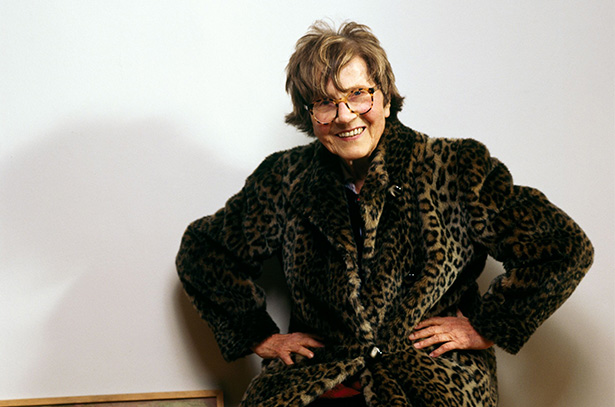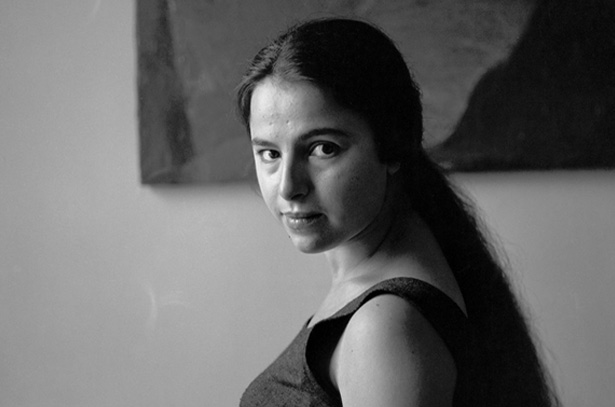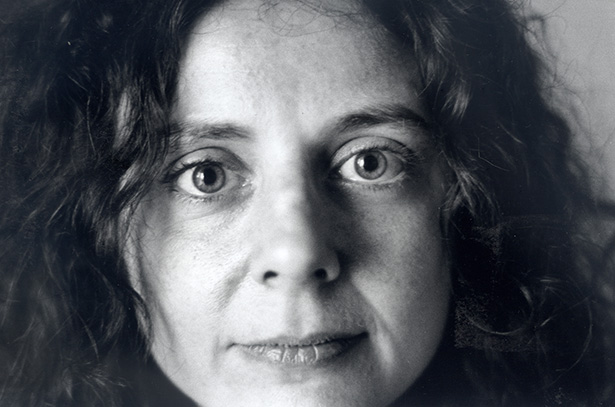
Works from the Ursula Hauser Collection
Unconscious Landscape
25 May - 8 September 2019
Somerset
Installation views
Related Content
About the Artists

Maria Lassnig
Born in Carinthia in Southern Austria in 1919, Maria Lassnig’s (1919 – 2014) work is based on the observation of the physical presence of the body and what she termed ‘body awareness’, or ‘Körpergefühl’ in German. She studied at the Academy of Fine Arts in Vienna in the midst of the Second World War. Then, in post-war Europe, she quickly moved away from the state-approved academic realism in which she was trained, looking to Austria’s own avant-garde past, such as the coloration of Oskar Kokoschka and Egon Schiele’s expressionist treatment of figuration.
Her early years were marked by experiences with various ‘isms’, including artistic currents in surrealism and automatism from the late 1940s, followed by ‘art informel’ and post-cubism in the 1950s. After moving to Paris in 1960, an innovative figuration, expressive and painterly, was beginning to emerge. In the next few years, she developed narrative paintings with one or more figures, at times borrowing from technoid forms of science fiction set in absurdly caricatured scenes. Animal-like, monstrous self-portraits emerged alongside this group of works.
In 1968, Lassnig moved to New York where her artistic work once again switched direction—she turned to external realism and painted portraits, nudes and still lifes, at times combining these with her ‘body awareness’ self-portraits. Many of her paintings, drawings and watercolors were devoted to recording her physiological states through a direct and unflinching style. Utilizing contrasting colors such as greens, pinks and blues, as well as strong body shapes to give her paintings a powerful, even drastic impact, Lassnig looked to herself, a female artist in a predominantly male world, as her primary subject.
Of her artistic process, Lassnig has said: ‘I step in front of the canvas naked, as it were. I have no set purpose, plan, model or photography. I let things happen. But I do have a starting-point, which has come from my realization that the only true reality are my feelings, played out within the confines of my body. They are physiological sensations: a feeling of pressure when I sit or lie down, feelings of tension and senses of spatial extent. These things are quite hard to depict.’ Her famed portraits and self-portraits are often treated with a playful irony, even in her depictions of the aging body and psychological turmoil.
In 1980, Lassnig was awarded a professorship—with a focus on painting and animation film—at the University of Applied Arts in Vienna. As a result, her self-portraits repeatedly explored issues of overload and enforced estrangement. She then began dealing more extensively with mythological contents, with nature and ‘rural life,’ and continued her exploration of figure-ground tensions. From the late 1990s, Lassnig turned to the great existential themes with her so-called Drastic Pictures, such as the relationship between the sexes and generations, unchosen lifestyles, as well as oppression, destruction, impermanence, and death.
Portrait: Maria Lassnig in her studio, Vienna, 2007 © Monopol/Elfie Semotan 2007

Eva Hesse
Born in Hamburg Germany in 1936, Eva Hesse is one of the icons of American art of the 1960s, her work being a major influence on subsequent generations of artists. Comprehensive solo exhibitions in the past 50 years, as well as a retrospective that toured from the San Francisco Museum of Modern Art to the Museum Wiesbaden in Germany and finally to the Tate Modern in London, have highlighted the lasting interest that her oeuvre has generated. Hesse cultivated mistakes and surprises, precariousness and enigma, to make works that could transcend literal associations. The objects she produced, at times barely present yet powerfully charismatic, came to play a central role in the transformation of contemporary art practice.
In New York in the 1960s, Hesse was one of a group of artists, including Robert Morris, Bruce Nauman, Richard Serra and Robert Smithson, who engaged with materials that were flexible, viscous or soft: latex rubber, plastic, lead, polythene, copper, felt, chicken-wire, dirt, sawdust, paper pulp and glue. Often unstable and subject to alteration, these elements yielded works that were vital in their relativity and mutability. Hesse was aware she produced objects that were ephemeral, but this problem was of less concern to her than the desire to exploit materials with a temporal dimension. Much of the life-affirming power of Hesse’s art derives from this confident embrace of moment. As she stated in an interview with Cindy Nemser for Artforum in 1970, 'Life doesn’t last; art doesn’t last.'

Lee Lozano
Lee Lozano’s paintings are admired for their energy, daring physicality and tirelessness in investigating the body and issues of gender. Although lauded by Lucy Lippard in 1995 as the foremost female conceptual artist of her time, Lozano had disengaged herself from the New York art world completely by the early 1970s. She left behind a body of work of striking formal breadth and complexity. Lozano fought to consolidate her artistic self in a realm void of systems, rules, and group consciousness. She pursued a wholly independent solo studio practice, which culminated in her rejection of the New York art world and a boycott of women. She first refused to attend public art world functions and withdrew from exhibitions, finally relocating to Dallas, Texas. ‘By refusing to speak to women,’ says Helen Molesworth, Chief Curator of LA MOCA, ‘she exposed the systematic and ruthless division of the world into categories of men and women. By refusing to speak to women as an artwork, she also refused the demand of capitalism for the constant production of private property… The strategy of rejection is a powerful one.’

Alina Szapocznikow
Born in Poland to a Jewish family in 1926, Alina Szapocznikow survived internment in concentration camps during the Holocaust as a teenager. Immediately after the war, she moved first to Prague and then to Paris, studying sculpture at the École des Beaux Arts. In 1951, suffering from tuberculosis, she was forced to return to Poland, where she expanded her practice. When the Polish government loosened controls over creative freedom following Stalin’s death in 1952, Szapocznikow moved into figurative abstraction and then a pioneering form of representation. By the 1960s, she was radically re-conceptualizing sculpture as an intimate record not only of her memory, but also of her own body.
In 1962, Szapocznikow experienced a breakthrough when she began to cast her own body in plaster. Her first work with this approach, ‘Noga (Leg)’, 1962 depicts the artist’s right leg—a very public statement on the human corpus as vehicle of pleasure, liberation, illness, death, and decomposition. She spoke of this turn in her development: ‘Haunted by the increasingly academic nature of abstract art, and at the same time, partly out of my spirit of contradiction and partly perhaps out of some artistic exhibitionism, I made a cast of my own leg and an assemblage of casts of my face… Fortunately we believe that in art everything has been already, so nothing has been yet.’
Szapocznikow was diagnosed with breast cancer in 1969, a turn of events that shaped her later sculptural and photographic efforts. In a series of sculptures titled ‘Tumors,’ made of resin, gauze, crumpled newspapers, and photographs, the artist gave form to the anxiety and existential challenges of illness. Szapocznikow’s final works express her pointed desire to engage with something deeper and ineffable, physical and psychological, the symptoms of bodily experiences and the traces of what we leave behind. She wrote, ‘Despite everything, I persist in trying to fix in resin the traces of our body: I am convinced that of all the manifestations of the ephemeral, the human body is the most vulnerable, the only source of all joy, all suffering, and all truth.’
Current Exhibitions
1 / 12




















